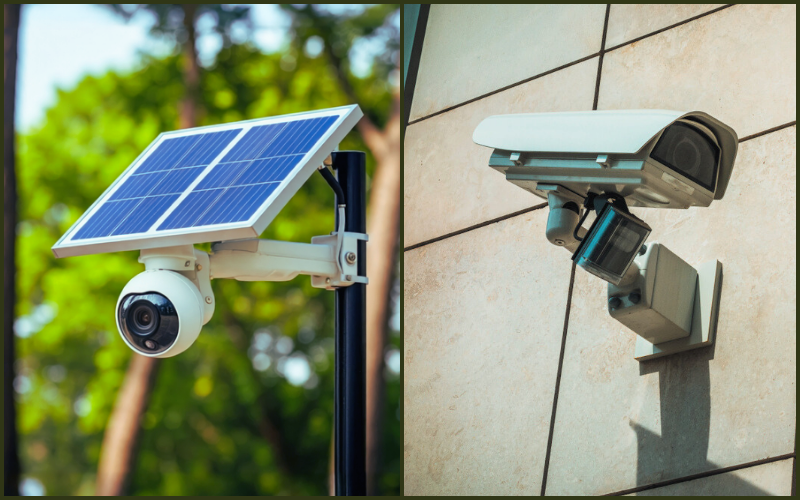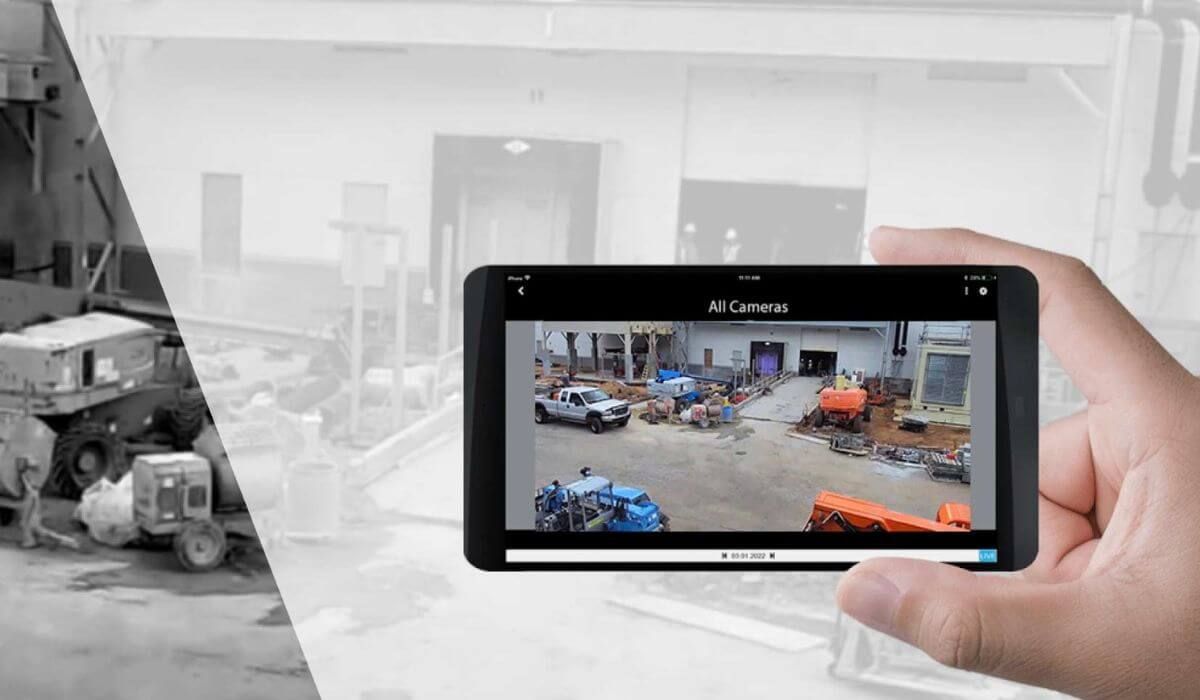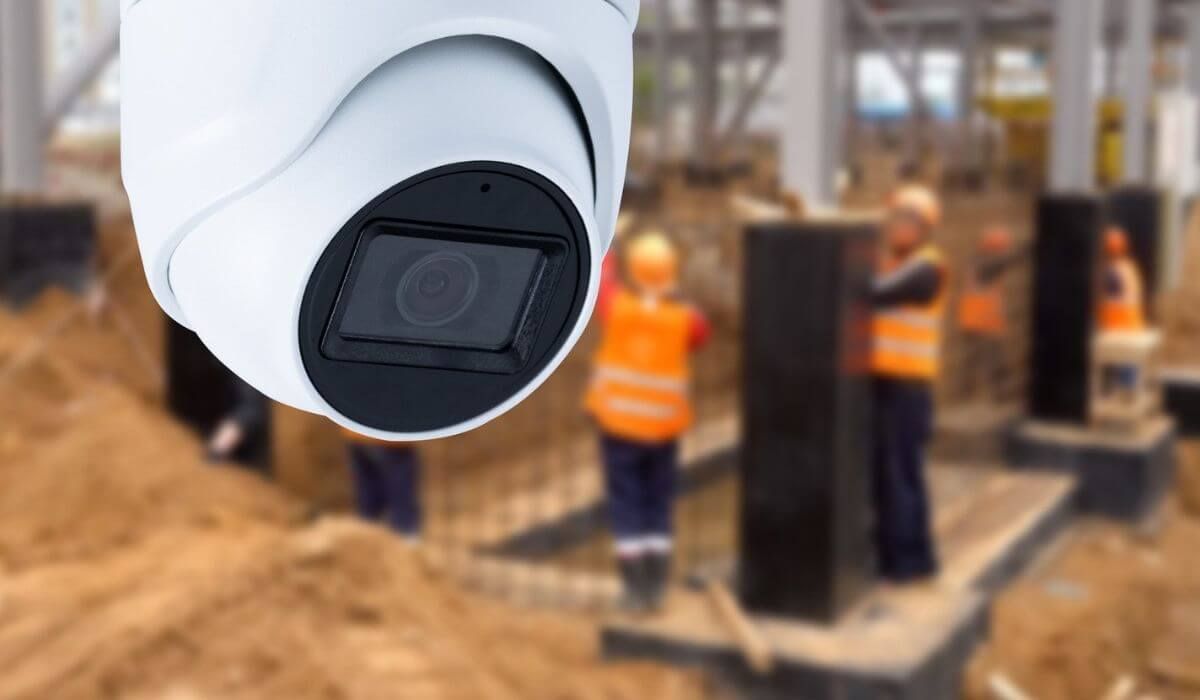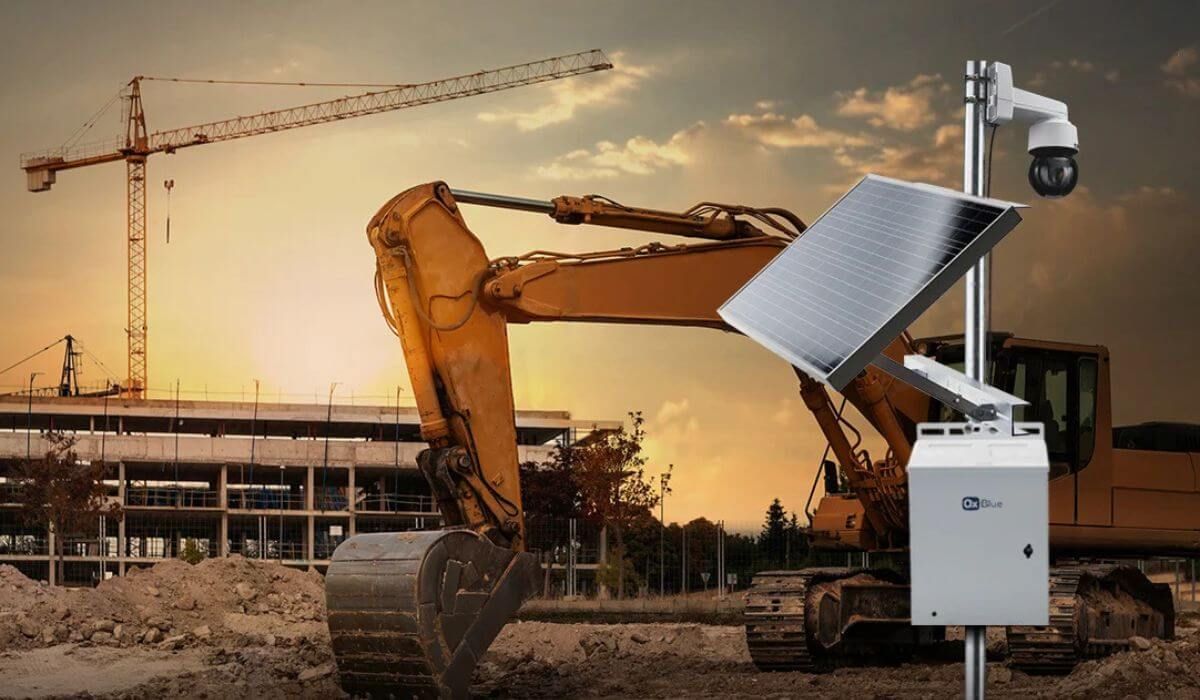Comparing Solar-Powered vs. Traditional Security Cameras
In an era where security is paramount, Australians are increasingly investing in surveillance systems to protect their homes and businesses. The choice between solar-powered security cameras and traditional wired systems has become a significant consideration. This article delves into the cost implications of both options, helping you make an informed decision tailored to your specific needs.
Initial Investment: Solar-Powered vs. Traditional Wired Security Cameras
Solar-Powered Security Cameras
Solar-powered security cameras typically have higher upfront costs due to components like solar panels and batteries. Prices vary based on specifications and features, but the investment can be offset by savings on installation, especially in remote areas where wiring is minimal.
Traditional Wired Security Cameras
Wired security cameras often have lower initial hardware costs. However, additional expenses for wiring, power supply setup, and professional installation can increase the overall cost. Installation complexity, particularly in challenging environments, can further escalate expenses.

Operational and Maintenance Costs
When evaluating a security camera system, many people focus on installation and equipment costs. However, ongoing operational and maintenance costs are equally important - especially when you're choosing between modern solar-powered cameras and conventional wired systems. Here’s a detailed look at the long-term cost dynamics of both options.
Solar-Powered Security Cameras: Sustainable and Low-Cost Operation
- Minimal Operating Expenses Solar-powered cameras run entirely on renewable solar energy, making them an attractive choice for eco-conscious users or properties in remote or off-grid areas. Once installed, these systems don’t rely on the electrical grid, eliminating electricity bills entirely. This is especially advantageous in Australian regions with abundant year-round sunlight.
- Lower Maintenance Requirements Maintenance typically involves cleaning the solar panels every few months to remove dust, pollen, or debris that can reduce energy efficiency. Battery health checks are also essential - especially as batteries age and lose capacity - but replacement cycles can extend over several years with quality lithium-ion batteries.
- Built for Harsh Environments Most solar-powered cameras are designed with IP66 or higher weatherproof ratings, reducing the likelihood of damage from rain, dust, or extreme heat. This results in fewer maintenance visits, particularly in Australia’s diverse climates - from coastal humidity to outback dryness.
- Cost Advantages Over Time While the upfront investment for solar cameras may be slightly higher due to panel and battery costs, the return on investment (ROI) becomes clear within a few years of energy savings. Businesses and homeowners alike can benefit from a predictable and low cost of ownership.
Traditional Wired Security Cameras: Reliable but Resource-Intensive
- Ongoing Electricity Usage Wired systems require a constant power supply, which can lead to higher energy bills, especially for multi-camera setups running 24/7. Over time, this becomes a significant operational cost - particularly in larger commercial installations.
- Complex Maintenance Demands Traditional systems often need routine checks on wiring, connectors, and power supplies to prevent degradation, corrosion, or accidental disconnections. Cabling exposed to outdoor conditions may also require protective conduit systems, which add to both initial and maintenance costs.
- Backup Power Considerations To ensure continuous operation during outages, wired systems typically rely on uninterruptible power supplies (UPS) or generators, introducing additional hardware costs and battery maintenance responsibilities. These systems can also be more vulnerable to lightning or power surges, necessitating surge protection hardware and grounding solutions.
- Scalability and Flexibility Adding new cameras to a wired system may require extensive rewiring or infrastructure upgrades, unlike solar cameras, which offer greater placement flexibility. For properties with limited electrical infrastructure, this can mean substantial hidden costs during expansion.
Performance and Reliability
Solar-Powered Security Cameras
The performance of solar-powered security cameras is closely tied to environmental conditions, especially the availability of direct sunlight. In regions with ample sunshine, these cameras can deliver reliable, uninterrupted surveillance. However, during prolonged periods of overcast weather or in shaded areas, performance may drop due to insufficient solar charging.
That said, ongoing advancements in solar panel efficiency and battery storage technology have significantly improved system resilience. Modern batteries can store enough power to run surveillance systems during the night or multiple cloudy days, enhancing overall reliability. Moreover, many solar-powered units now include smart power management features to optimize energy use, ensuring critical functions remain active even when resources are limited.
These systems are especially beneficial in remote, rural, or off-grid locations, where laying power cables is either impractical or too expensive. With minimal infrastructure required, solar security cameras are an excellent choice for temporary installations, construction sites, and agricultural properties.
Traditional Wired Security Cameras
Traditional wired security cameras are known for delivering stable and high-performance output, thanks to a continuous connection to the power grid. This allows them to support high-resolution video, advanced features like AI motion detection, and night vision, without worrying about battery drain or sunlight availability.
Because they aren’t affected by solar exposure, wired systems perform consistently across all seasons and in all lighting conditions, making them ideal for high-security environments such as banks, commercial facilities, and urban areas.
However, their dependence on electricity makes them vulnerable to power outages. Without a backup system like an uninterruptible power supply (UPS) or generator, these cameras may shut down during blackouts - leaving blind spots at critical times. Furthermore, installation involves running power and data cables, which can increase upfront costs and complexity, especially in large-scale or multi-story buildings.
Conclusion
Choosing between solar-powered and traditional wired security cameras involves weighing initial costs against long-term benefits. While solar-powered systems may require a higher initial investment, they offer long-term savings and environmental advantages. Consider your specific needs, location, and budget when deciding.
At Scavi, we specialize in both solar-powered and traditional security camera installations across Australia. Contact us today to find the perfect security solution tailored to your requirements.



